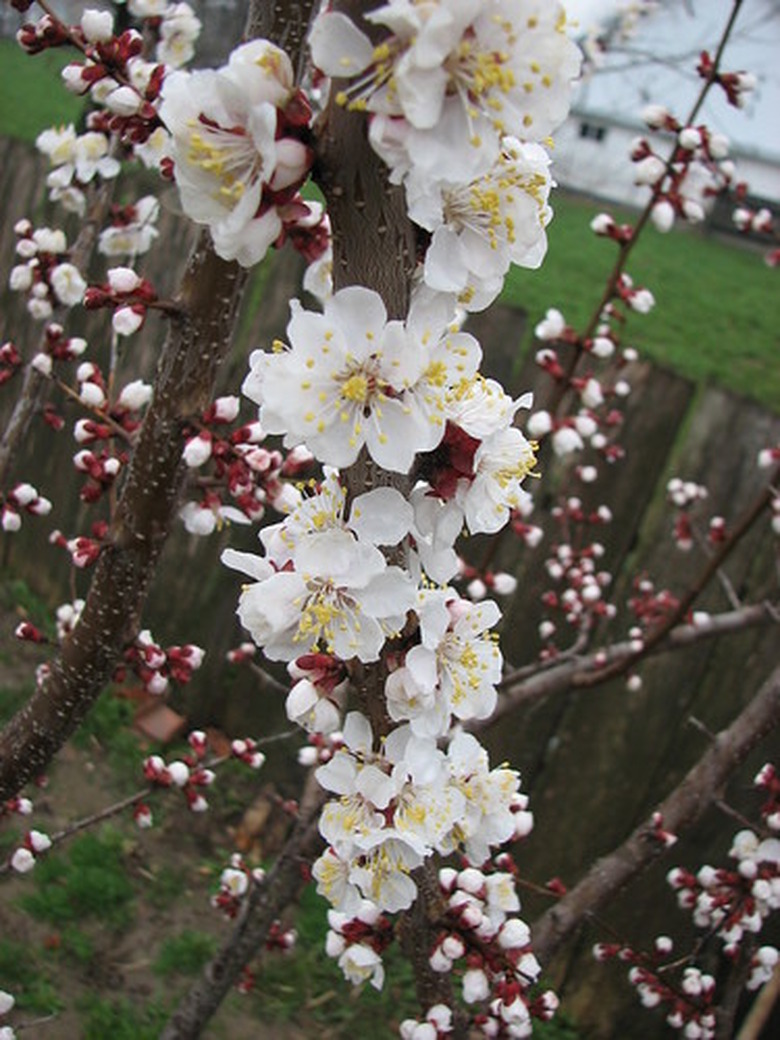The History Of The Weeping Cherry Tree
Native to China but popularized in Japan, the weeping cherry tree is one of the most beautiful ornamental fruit trees in the world. The trees were imported from Japan to the United States in the early 20th century and are considered a symbol of friendship between the two countries. Weeping cherry trees can grow just about anywhere but do best in warm climates.
Origins
Weeping cherry trees are believed to have originated in China and were first cultivated in Japan in the 8th century as ornaments for the homes of royalty in Kyoto. They quickly replaced the plum tree as the favorite tree in Japan and are now planted throughout the country. The familiar white blooms appear in March and April and many cities hold Hanami festivals for flower viewing every year to celebrate the arrival of spring.
Introduction to the United States
In the early 20th century, an executive with the U.S. Department of Agriculture, David Fairchild, brought the first weeping cherry trees to the United States. In the years after World War II, the government of Japan donated thousands of trees to the United States as a symbol of friendship and the trees are now grown in most parts of the country, though they tend to do better in the warmer states in the South.
- Native to China but popularized in Japan, the weeping cherry tree is one of the most beautiful ornamental fruit trees in the world.
- In the years after World War II, the government of Japan donated thousands of trees to the United States as a symbol of friendship and the trees are now grown in most parts of the country, though they tend to do better in the warmer states in the South.
Symbolism
The natural grace of the tree and its striking beauty when in full bloom have made it a favorite among artists for centuries. Weeping cherry trees can be found on antique vases and other artifacts dating back more than 1,000 years. Their return to life each spring and their white blooms also make them a symbol of rebirth. In a more negative note, some Japanese kamikaze pilots in World War II decorated their planes with weeping cherry tree paintings to symbolize the fleeting nature of life.
Growing a Tree
Weeping cherry trees also are popular because they're relatively easy to grow. The trees usually top off at 20 to 30 feet and the long, drooping branches can reach 30 feet in diameter. Weeping cherry trees should be planted in an area that gets plenty of sun and has good drainage because the trees are vulnerable to root rot if they receive too much water. The trees can also grow in a wide range of soil types and need little water once they are mature because they are not real fruit trees (most produce fruit but you wouldn't want to eat it).
- The natural grace of the tree and its striking beauty when in full bloom have made it a favorite among artists for centuries.
- The trees can also grow in a wide range of soil types and need little water once they are mature because they are not real fruit trees (most produce fruit but you wouldn't want to eat it).
Popularity
Though they are nowhere near as popular in the United States as they are in Japan, weeping cherry trees have their adherents. They are used almost exclusively as ornamental and shade trees because of their beauty and long, drooping branches. But unlike other ornamental fruit trees like pear and plum trees, they are not popular with commercial and residential developers because they do not grow fast and need frequent pruning to prevent branches from reaching the ground.
